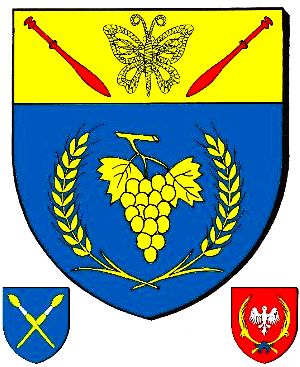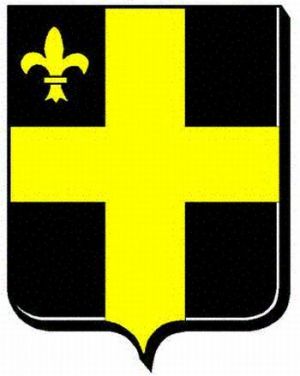Avillers (Vosges): Difference between revisions
Knorrepoes (talk | contribs) No edit summary |
Knorrepoes (talk | contribs) m (Text replacement - "{{fr1}}↵{{media}}" to "{{fr1}} {{media1}}") |
||
| Line 37: | Line 37: | ||
{{fr1}} | {{fr1}} | ||
{{ | {{media1}} | ||
[[Category:French Municipalities A]] | [[Category:French Municipalities A]] | ||
[[Category:Vosges]] | [[Category:Vosges]] | ||
[[Category:Granted 2022]] | [[Category:Granted 2022]] | ||
Revision as of 10:05, 26 December 2022
|
Country : France Département : Vosges |
| French |
|
| English | (Vosges) No blazon/translation known. Please click here to send your (heraldic !) blazon or translation |
Origin/meaning
The arms were officially adopted on November 24, 2022.
The two ears of wheat refer to the toponym Avillers. Avillers (Auvillers in 1295, Avillers in 1363) could be linked to the Low Latin villare, farm with the preposition article au. They also underline the agricultural character of the village.
The bunch of grapes illustrates the good quality of the wine from the local vineyards which extended over more than 30 hectares until the end of the 19th century.
The two bobbins and the lace butterfly recall the activity of the village lacemakers in the past.
The two supporting escutcheons refer to Xavier Alphonse Monchablon (1835-1907) born in Avillers who devoted himself to portraits and frescoes with religious and nationalist French themes. The two brushes obviously symbolize painting. The other shield recalls the works of Xavier Monchablon: the palms and the alerion of Lorraine evoke the fresco painted for the Palace of the Faculties of Nancy in 1884.
The previous arms are those of the former Lords of Avillers. I have no idea when they were adopted.


